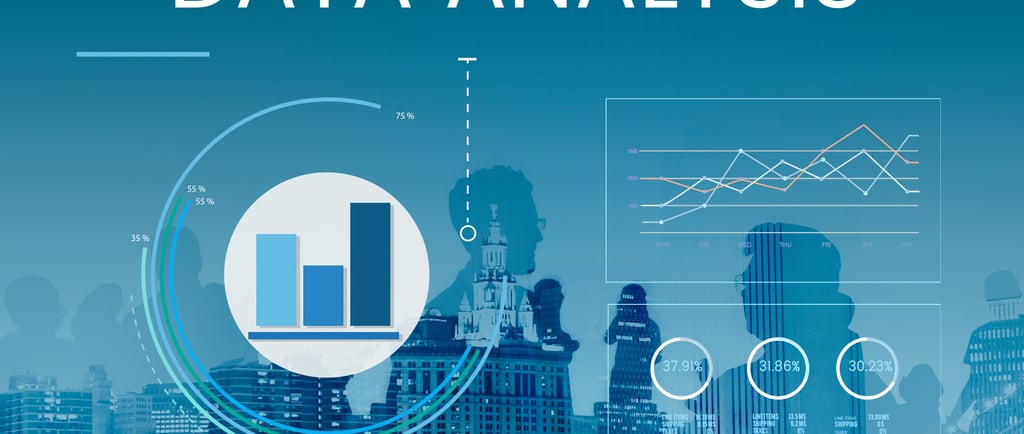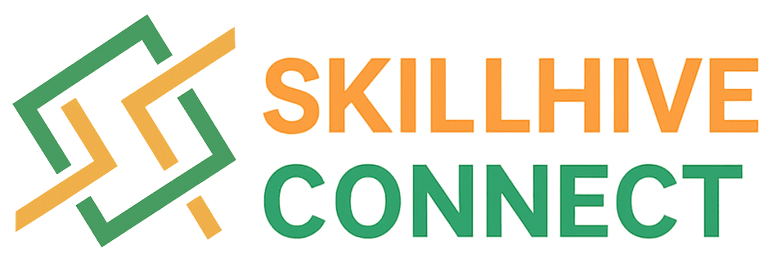📊 Data Science for Data Analyst Career
Develop practical skills in data analysis, visualization, and reporting using Python, SQL, and BI tools
AI


🕒 Duration: 8 Weeks
🎯 Prerequisite: Basic knowledge of Python and statistics
🛠️ Tools & Tech:
Python
Jupyter Notebooks / Google Colab
Pandas – Data manipulation
NumPy – Numerical operations
Matplotlib & Seaborn – Data visualization
Scikit-learn – Simple modeling and preprocessing
Power BI / Tableau – Business dashboards
📚 Topics Covered:
Introduction to Data Science
What is Data Science? Applications & career paths
Data Science vs Analytics vs Business Intelligence
Data lifecycle: collection → analysis → visualization → decision
Data Handling with Pandas & NumPy
Reading data from CSV/Excel/JSON
DataFrames, indexing, filtering, sorting
Aggregations, joins, and groupby
Handling missing values and duplicates
Data Cleaning & Preprocessing
Data types, type casting, parsing dates
Outlier detection, handling missing/null values
Feature encoding (label, one-hot), feature scaling
Creating new features from raw data
Exploratory Data Analysis (EDA)
Summary statistics
Correlation analysis
Visual storytelling with charts (bar, pie, histogram, heatmaps)
Identifying trends and relationships
Data Visualization with Matplotlib & Seaborn
Line plots, scatter plots, boxplots
Customizing plots, color palettes
Pairplots, distribution plots
Visualizing feature importance and group trends
Introduction to Predictive Modeling (Basic ML)
Regression and classification examples with Scikit-learn
Model training, evaluation using accuracy, confusion matrix
Train-test split, simple prediction examples
Dashboards & Business Insights (Overview)
Overview of Power BI / Tableau
Creating KPI dashboards
Connecting visualizations to real data
Telling a story with data
Mini Projects
Project 1: Analyze student performance or sales data
Project 2: Build a simple prediction model (e.g., house prices)
Optional: Dashboard-based report with visual insights
✅ Outcome:
By the end of the course, learners will be able to analyze, clean, visualize, and present data effectively, and build simple ML models to extract insights. They will also be introduced to dashboarding tools to communicate results professionally.


